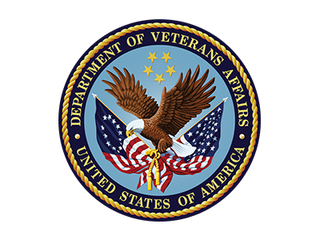The Impact of COVID-19 on Healthcare Supply Chains: Embracing New Best Practices and Technologies

The global outbreak of COVID-19 sent shockwaves through the healthcare industry, exposing vulnerabilities in traditional sourcing, procurement, and vendor management practices.
While the healthcare supply chains continue to grapple with challenges, it is essential to acknowledge that the collision course was set in motion long before the pandemic struck. COVID-19 acted as a catalyst, prompting us to reevaluate and reinvent inventory management, logistics, sourcing, and vendor management practices to address the evolving needs of the healthcare industry and build more resilient and efficient supply chains.
Before The Pandemic
Prior to the pandemic, the healthcare industry faced several weaknesses, including high supply costs, inadequate disruption resilience, and inefficient systems. These issues were a result of outdated practices such as over-reliance on single-vendor supply channels, lack of vendor transparency, logistical challenges, and labor-intensive procurement processes.
Relying solely on a single supplier, even the most established one, made healthcare organizations vulnerable. Any failure in the supply chain would have a significant impact on downstream patients and providers. Despite implementing technology for inter-departmental collaboration, organizations lacked visibility into vendor operations, performance capabilities, and real-time stock availability, leading to back-orders and delays.
Traditional vendor-management approaches were cumbersome, involving multiple people from various departments to open and close-out orders. Sourcing and negotiating with vendors, while determining the best pricing, added further inefficiencies, restricting the ability to respond effectively to changing demands. These outdated practices strained healthcare organizations with overhead and operational inefficiencies, setting the stage for impending challenges.
After The Pandemic
COVID-19's unprecedented disruptive force exposed vulnerabilities in "traditional best practices," resulting in shortages, stockouts, and supply chain failures. The demand for life-saving medical supplies surged, leading to escalating prices. Healthcare facilities had to allocate more time and labor to stabilize their inventories, but efforts to onboard new suppliers were fraught with fraud and failure. The panic led to stockpiling and overstocking of inventory, resulting in the waste of short shelf-life products.
In the aftermath of the crisis, the healthcare industry acknowledges the need for change and seeks new best practices to enhance supply chain resilience, optimize workflows, and reduce supply prices. Valuable lessons from the pandemic will guide the adoption of new technologies to navigate the path towards reliable supplier networks, resource optimization, and durability amidst disruption.
Building A Better Supply Chain
To build a more robust supply chain, healthcare buyers must gain visibility into their vendors' operations and practices. Transparency and comprehensive assessments of vendors, alongside alternative options, empower informed decision-making. Understanding a vendor's strengths and weaknesses in terms of pricing, availability, and timeliness allows for better comparisons and choices. Flexibility in vendor partnerships becomes crucial as demand fluctuates, making it vital to prioritize vendors willing to share insights into their operations.
Reducing reliance on middlemen and intermediaries, including large distribution companies, can unlock significant benefits. Working directly with manufacturers or importers reduces costs and streamlines the supply chain, minimizing stockouts, backorders, and mark-ups. New healthcare purchasing platforms enable easy collaboration with multiple vendors in one place, fostering real-time communication throughout the procurement process.
Conclusion
By embracing emerging technologies and implementing new strategies, healthcare organizations can sustainably deliver quality supplies to providers and patients. The pandemic highlighted the need for rapid changes, but it is essential to recognize that these challenges were inevitable. To effectively meet patient needs, continuous and sustainable delivery of critical medical supplies to healthcare facilities is essential. Therefore, embracing developing technologies and adopting new practices is imperative for the sake of providers and patients alike.






